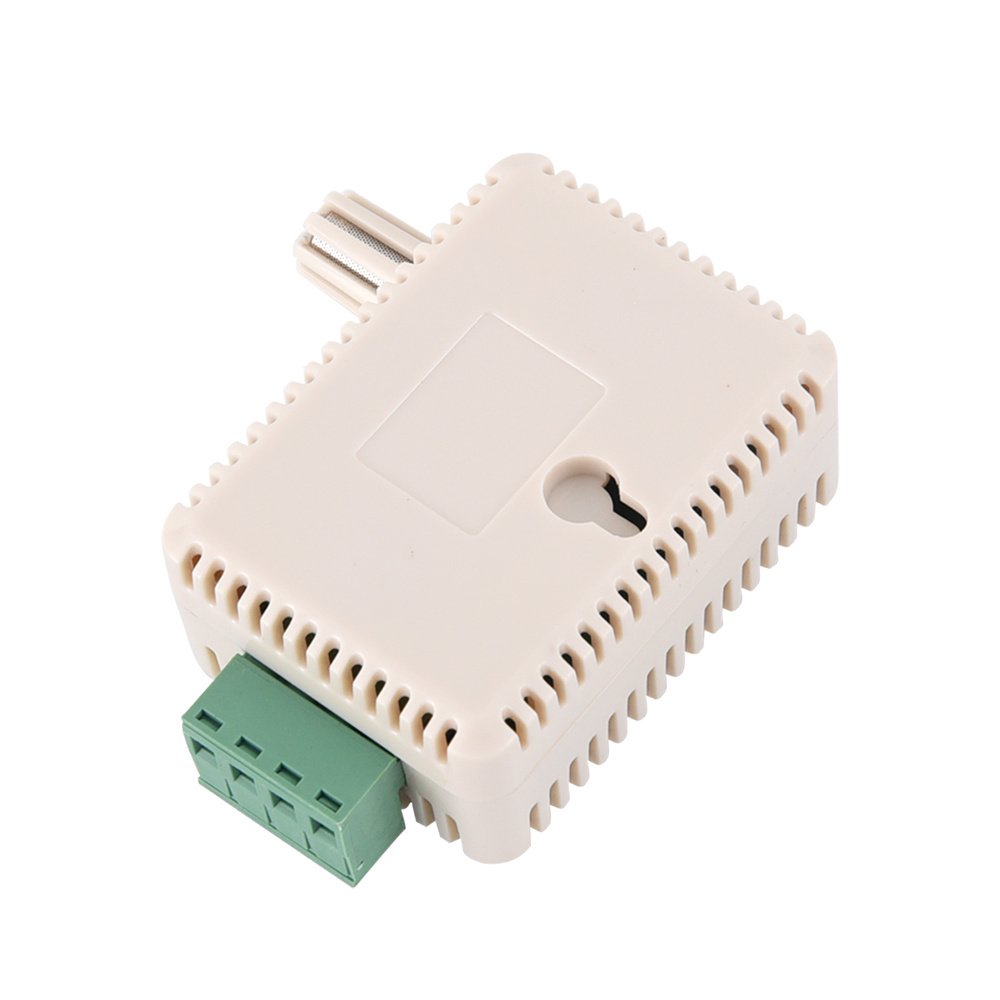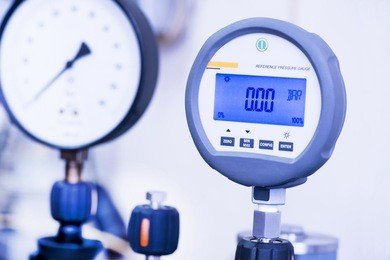As a professional in the field of pressure measurement and instrumentation, I often come across questions about Pressure Transmitters. People are curious about these essential devices that play a crucial role in various industries. So, in this article, I'll shed some light on Pressure Transmitters, their significance, and the different types available.
The Significance of Pressure Transmitters
Pressure Transmitters are instruments used to measure pressure and convert it into an electrical signal that can be easily monitored and controlled. They are vital in a wide range of applications, including industrial processes, manufacturing, and environmental monitoring. Pressure measurement is crucial for ensuring the safety and efficiency of many systems.
Pressure Transmitters provide accurate and real-time data, allowing for better control, improved product quality, and, most importantly, safety. These devices are the unsung heroes behind the scenes, quietly working to keep our processes running smoothly.

Types of Pressure Transmitters
Differential Pressure Transmitters: Differential pressure detectors are designed to measure the difference in pressure between two points in a system. They are commonly used in applications where you need to monitor changes in pressure.
Absolute Pressure Transmitters: Absolute Pressure Transmitters measure pressure relative to a perfect vacuum. They are often used in applications where the reference point is a complete absence of pressure.
Gauge Pressure Transmitters: These transmitters measure pressure relative to atmospheric pressure. They are ideal for applications where you need to know the pressure difference from the surrounding air.
Submersible Pressure Transmitters: These specialized transmitters are designed to be submerged in liquids. They are commonly used in industries such as wastewater management and oil and gas.
Hydrostatic Pressure Transmitters: These are specifically used to measure the pressure exerted by a fluid at a specific depth. Hydrostatic Pressure Transmitters are widely employed in applications like water level measurement.
Sanitary Pressure Transmitters: These transmitters are built with materials and designs that meet strict hygiene and cleanliness requirements. They are used in industries like food and pharmaceuticals.
Digital Pressure Transmitters: Digital Pressure Transmitters are equipped with advanced electronics that provide digital readouts and communication capabilities. They are known for their accuracy and ease of integration into automated systems.

Wireless Pressure Transmitters: In today's world of connectivity, wireless Pressure Transmitters are gaining popularity. They offer the convenience of remote monitoring and real-time data access.
By understanding the various types of Pressure Transmitters available, you can choose the one that best suits your specific application and requirements. Whether it's maintaining optimal pressure in a hydraulic system or ensuring the right water level in a tank, Pressure Transmitters are versatile and indispensable tools.
In Conclusion
Pressure Transmitters are integral to a wide array of industries, ensuring that processes run smoothly and safely. Understanding the different types of Pressure Transmitters and their applications empowers professionals to make informed choices when selecting the right instrument for their needs. These unassuming devices may not always be in the spotlight, but their contributions to our modern world are immeasurable.
In this fast-paced technological era, Pressure Transmitters continue to evolve, providing more accurate, reliable, and efficient solutions for a myriad of industries. I hope you find this article informative and engaging. If you have any further questions or need more information on this topic, don’t hesitate to contact us by filling out the form at your right!

